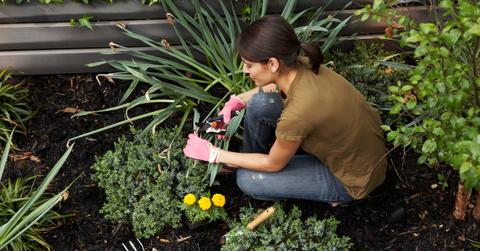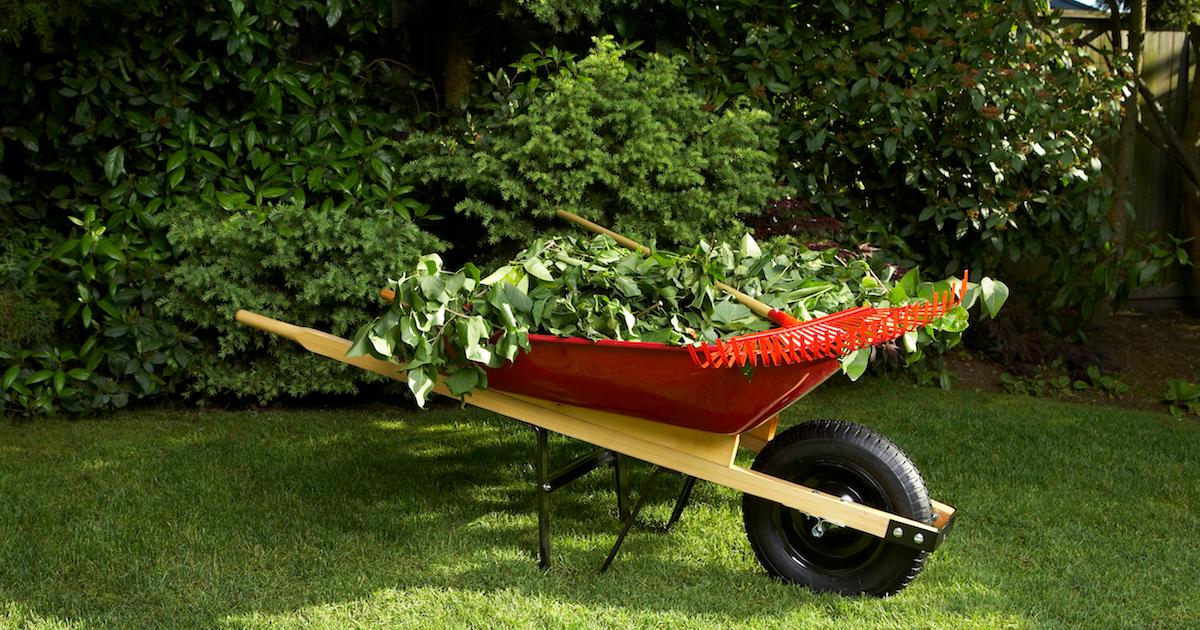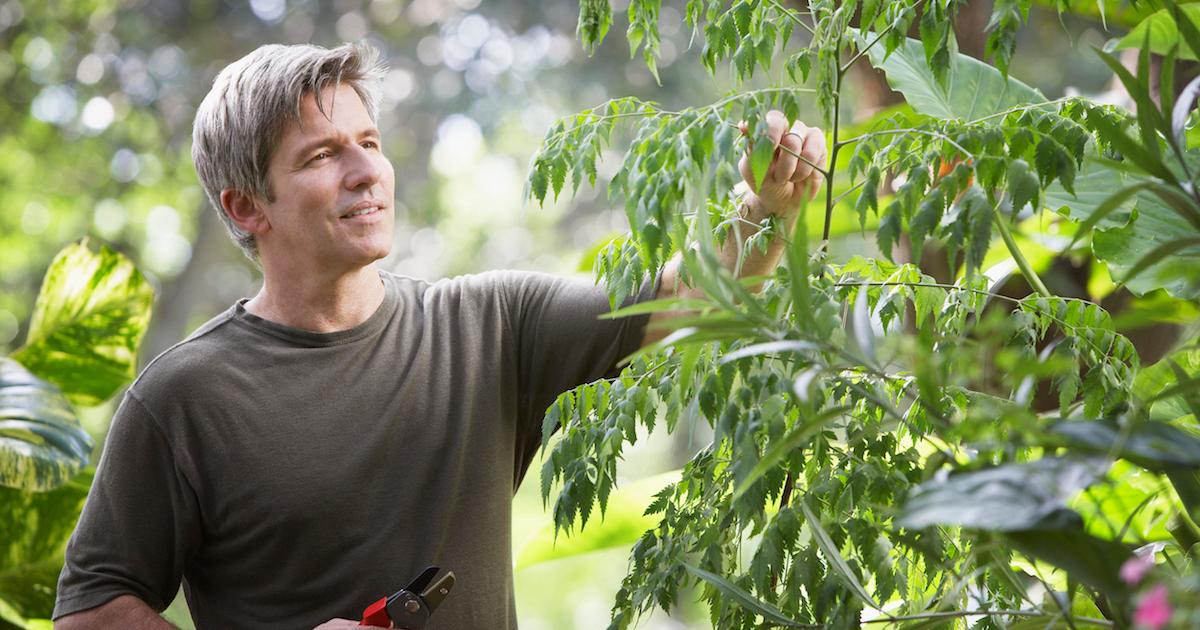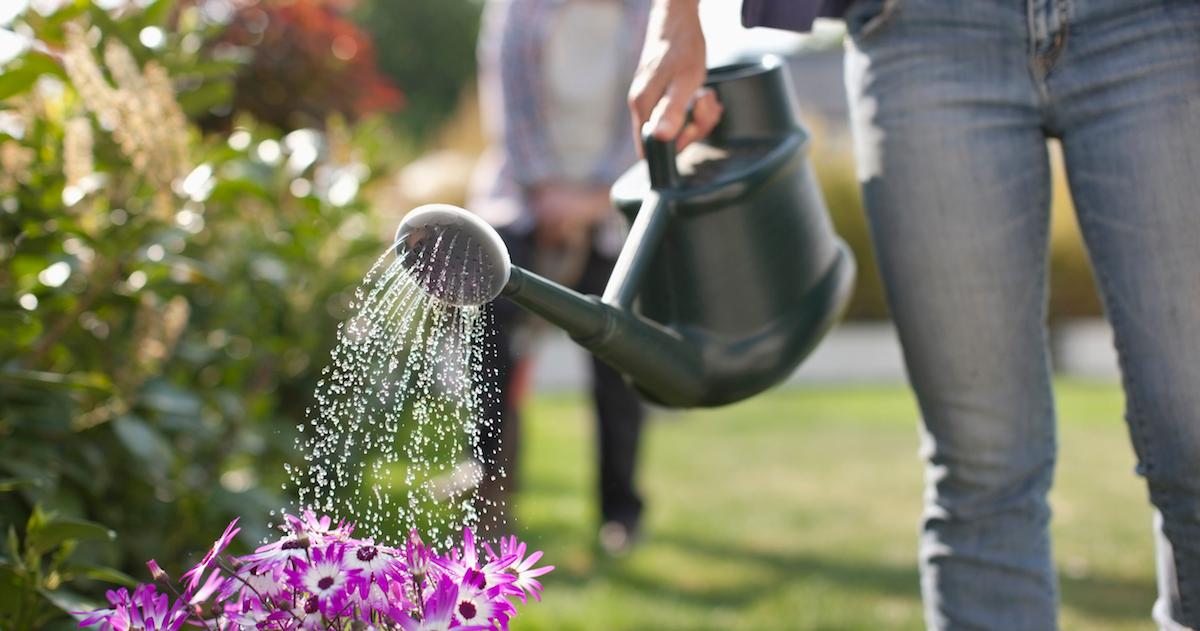No-Till Gardening: How to Get Started
Published Dec. 16 2020, 2:06 p.m. ET

Gardening is a great way to relieve stress and improve your health, but it can also take a great deal of effort, especially at the start of the planting season. If you’re like me, this dichotomy has created a sort of love/hate relationship with gardening that, more often than not, keeps my hands out of the soil and planted (get it?) firmly on the remote. Then I learned about this new time-saving hack called “no-till gardening.” This method saves time and effort, and it’s easy to learn how to get started.

What is no-till gardening?
No-till gardening is exactly what it sounds like. According to Regeneration International, no-till farming (gardening for our purposes) is the practice of not disturbing the soil. Normally, farmers till their soil by turning over the first 6 to 10 inches and folding all the weeds and various leftover sproutings back into the soil itself.
In no-till farming, the soil continues to act as a nutrient sponge, allowing it to be more conducive to further planting across the seasons. Like most organic gardening practices, no-till gardening involves utilizing the natural world to cultivate your own plants and crops.

Why would I want a no-till garden?
Unfortunately, soil conservation is a serious issue these days. UN News reports that the earth loses 23 billion tons of fertile soil each year and one of the biggest contributors to this rampant soil degradation is the common practice of soil tilling.
Now, many experts might tell you that tilling the soil is one of the best ways to prepare it for planting. This isn’t wrong, of course, but it might not be strictly necessary for every situation. No-till farming is not a recent discovery, but a growing number of modern farmers have come to realize the importance of preserving and improving their soil by adopting these no-till methodologies.
We as human beings are determined to improve on everything in nature, and so it’s hard for us to understand that not everything needs to be improved upon. Those with a more eco-conscious outlook are more apt to see this than those without such sensibilities, but we can all learn from the idea that sometimes, the best way to improve something is to let nature take its course. That is essentially the main thinking behind no-till gardening.

Why wouldn’t I till my garden?
There are several reasons not to till your garden. First and foremost, experts have already established that the practice is better for maintaining soil integrity and conserving nutrients. US News has reported that the widespread use of the practice could even reverse climate change. On top of that, no-till gardening requires less work on your part and it’s likely to have better results than working your butt off to re-till your soul year after year.
According to gardening and clean-living expert Shawna Coronado,
“Turning soil kills the microbes living beneath the ground that contribute to a healthier root system by living symbiotically with your roots. There are billions of bacteria, millions of fungi, thousands of protozoa, and scores of other nematodes and organisms found in one small tablespoon of healthy soil.”
Healthier soil, less work, and better for the environment? What’s not to love?
Will no-till gardening result in more weeds?
Because of the way no-till gardening works, you might not have to worry too much about weeds in the long run. No-till involves the frequent application of mulch and compost, which can wind up smothering weeds before they have a chance to take root. Smothering with compost and mulch is actually the first step in the process, as it turns out.

How to get started with no-till gardening:
You’ll want to start by spreading a 2-inch layer of compost or rotted manure over your bare soil. You can do this over grass too, if you’re trying to kill the grass and expand your beds, but even in this case, you won’t be pulling anything up first. There is no tilling or digging involved, just spreading compost.
After that, dig holes for your plants, and once you’ve planted them, cover the planting area in a layer of wood chips or natural mulch. You can use pine needles, rotted leaves, straw, or bagged mulch. If you’re like me, you might have a nice big mulch pile to pull from too. Mulch is essential to this process, as it keeps weeds from coming in around the plants by, you guessed it, smothering them.
The last part of the process is the most important. You might be tempted to pull out the vegetable roots and stems at the end of the season, to make room to replant come spring. Don’t do it! Instead, cut the stems at the base, just above the soil, and let the roots rot underground over the winter. As a bonus tip, you can compost all the trimmed plant matter for the next growing season.
Next year, just lather, rinse and repeat. Well... compost, plant, and re-mulch. It’s a much easier process and it’s going to yield far better results when your veggies start coming in. If you’re unsure, you could always try it for a year and see if it works.